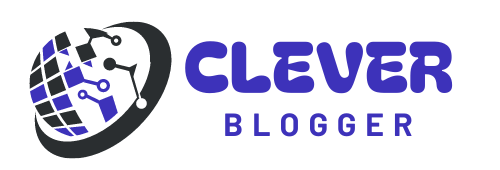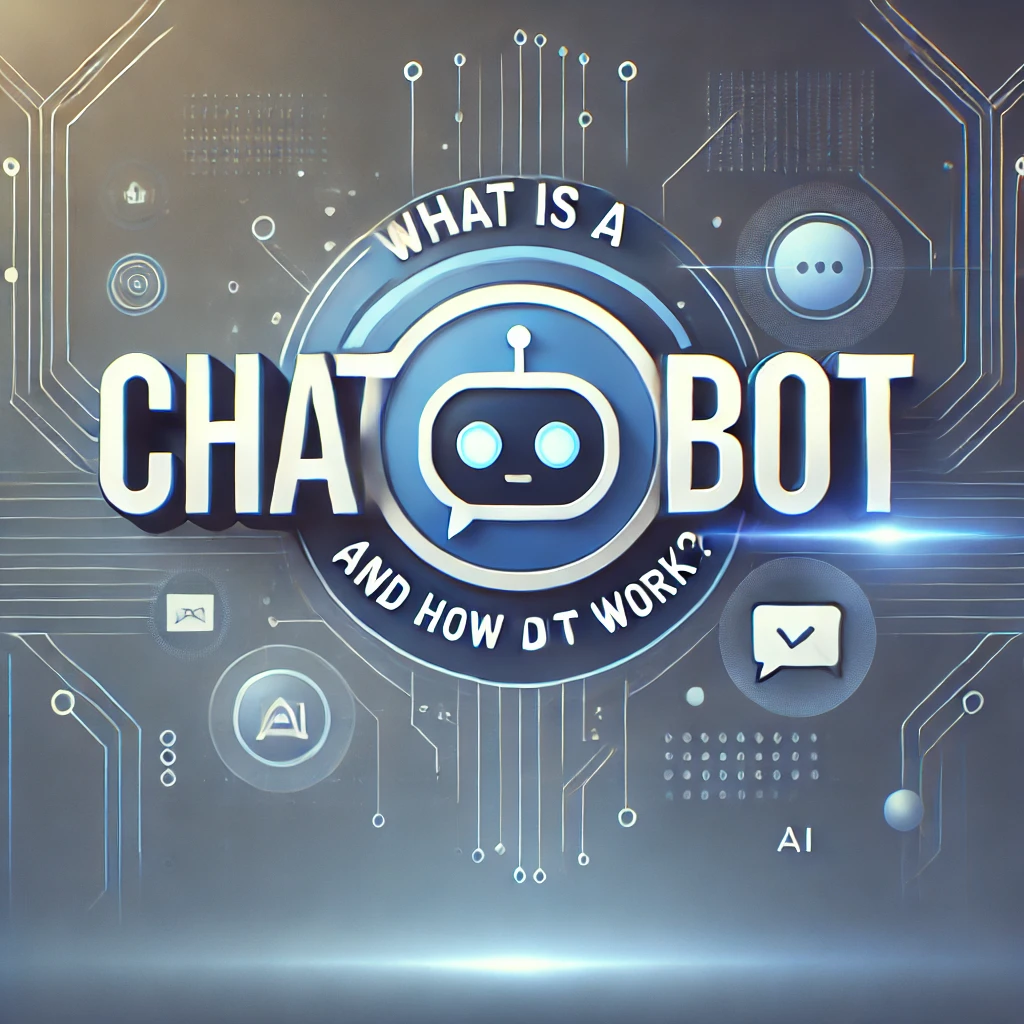As someone who regularly interacts with technology, I’ve found chatbots to be one of the most helpful tools in modern communication. But what exactly is a chatbot, and how does it work? If you’ve ever used one on a website or mobile app, you’ve likely experienced their ability to answer questions, provide support, or even have casual conversations. I’m going to break down what chatbots are and how they function in a way that’s simple to understand.
What Is a Chatbot?
A chatbot is a type of software designed to simulate conversation with human users. It operates through text or voice, responding to input from a person on the other side. Chatbots are used in many industries to assist with customer service, provide information, or even entertain users.
In comparison to traditional human interaction, chatbots offer instant responses, which is one reason why businesses find them so valuable. They allow companies to serve their customers at any time, answering questions, resolving issues, or offering recommendations without human intervention. This improves efficiency and helps meet customer needs promptly.
How Do Chatbots Work?
Chatbots operate using a combination of rules and artificial intelligence (AI). Let me explain the key components that make a chatbot function smoothly:
1. Natural Language Processing (NLP)
Natural Language Processing (NLP) is a vital component in how a chatbot understands and responds to user input. When you type or speak to a chatbot, NLP helps break down the language to make sense of what you’re saying. It works to understand the intent behind your question or statement and to determine the most appropriate response.
For example, if you ask a chatbot, “What time does your store close?” the NLP component will recognize that you’re asking about the store’s closing time, even though the wording may vary. This makes interactions with chatbots feel more natural, as they can interpret what we mean rather than focusing solely on the exact words we use.
2. Pre-Programmed Rules
In addition to AI, some chatbots work based on pre-programmed rules. These rule-based chatbots operate within a defined set of parameters and provide responses based on keywords or specific phrases. While this method works well for simple inquiries, it has limitations. If the chatbot doesn’t recognize a keyword, it might not be able to respond effectively.
In comparison to AI-driven bots, rule-based chatbots are less flexible but still valuable for straightforward tasks like answering frequently asked questions or guiding users through a set process.
3. Machine Learning
Machine learning allows AI-based chatbots to learn from previous interactions and become better over time. They gather data from conversations and use it to improve their future responses. This means that the more a chatbot interacts with users, the more capable it becomes of understanding different questions and providing accurate responses.
For instance, if multiple users ask about a specific product or service, the chatbot will learn to prioritize that information and offer quicker, more relevant answers in the future. Eventually, this leads to smoother interactions and more accurate solutions.
Types of Chatbots
There are two main types of chatbots: rule-based and AI-based. Let me explain how they differ.
Rule-Based Chatbots
As I mentioned earlier, rule-based chatbots operate using pre-defined scripts. They follow a structured path and respond to specific prompts, making them useful for answering common questions or performing tasks that don’t require much flexibility.
Although these chatbots are limited in what they can do, they are highly reliable for tasks like booking appointments, answering simple customer inquiries, or guiding users through forms.
AI-Based Chatbots
In comparison, AI-based chatbots use machine learning and natural language processing to interact more fluidly with users. These bots are far more advanced, as they can interpret user input in various ways and adjust their responses accordingly. I’ve noticed that AI-based chatbots often feel more like a human conversation, as they can handle more complex requests and respond with greater accuracy.
Not only are AI chatbots adaptable, but they can also engage users in more personalized conversations. This is particularly helpful in industries where customer preferences and needs vary widely, allowing the bot to tailor its responses based on individual users.
Common Uses for Chatbots
Chatbots are widely used in various industries to perform a range of functions. Here are some common examples of how they’re applied:
1. Customer Service
I’ve frequently come across chatbots in customer service settings. They are designed to answer questions, guide users through troubleshooting steps, and even process simple transactions. Their availability around the clock makes them particularly useful for companies that need to offer support outside of regular business hours.
In particular, chatbots can handle high volumes of inquiries at once, which is something that human agents struggle to manage efficiently. Consequently, businesses can reduce wait times and improve the customer experience by integrating chatbots into their support systems.
2. E-Commerce
E-commerce websites often use chatbots to assist customers during the shopping process. I’ve seen them help users search for products, provide recommendations based on previous purchases, and even facilitate the checkout process.
Not only do these chatbots make shopping more convenient, but they also help businesses increase sales by guiding customers toward products they might not have considered.
3. Healthcare
In the healthcare industry, chatbots assist patients with booking appointments, answering questions about symptoms, and providing reminders for medication. Although these bots can’t replace human healthcare professionals, they provide valuable support in managing routine tasks, helping patients get the information they need quickly.
4. Entertainment
Chatbots aren’t limited to practical uses; they’re also popular in entertainment. Some chatbots engage users in casual conversations, games, or storytelling. I’ve even seen examples of chatbots in the adult entertainment space, such as AI sexting, where bots engage users in intimate, adult-themed conversations. This highlights the diversity of chatbot applications, spanning from functional services to more personalized and unconventional uses.
Future of Chatbots
As technology continues to improve, I believe that chatbots will become even more advanced and widespread. We’re already seeing significant improvements in how bots understand and respond to human language, and this trend is likely to continue.
In particular, I expect AI chatbots to play an even bigger role in personalizing customer experiences. As they learn more from user interactions, chatbots will be able to offer increasingly tailored responses, helping businesses build stronger relationships with their customers.
Similarly, we might see chatbots integrated into more aspects of daily life, from managing household tasks to offering more advanced healthcare support. Eventually, chatbots will become an essential part of how we interact with technology, making our lives easier in countless ways.
Conclusion
Clearly, chatbots are versatile tools that serve a wide range of purposes. Whether they’re providing customer service, assisting with online shopping, or even offering entertainment, they make our interactions with technology faster and more efficient. While rule-based chatbots handle simple tasks, AI-powered bots are paving the way for more personalized and dynamic conversations.
As I’ve explored, chatbots are here to stay, and their role will only continue to expand. Whether in business, healthcare, or even more niche areas, chatbots are becoming an integral part of how we communicate and solve problems in today’s digital world.




